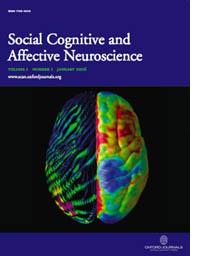Motor simulation and the coordination of self and other in real-time joint action
Joint actions require the integration of simultaneous self- and other-related behaviour. Here, we investigated whether this function is underpinned by motor simulation, that is the capacity to represent a perceived action in terms of the neural resources required to execute it. This was tested in a music performance experiment wherein on-line brain stimulation (double-pulse transcranial magnetic stimulation, dTMS) was employed to interfere with motor simulation. Pianists played the right-hand part of piano pieces in synchrony with a recording of the left-hand part, which had (Trained) or had not (Untrained) been practiced beforehand. Training was assumed to enhance motor simulation. The task required adaptation to tempo changes in the left-hand part that, in critical conditions, were preceded by dTMS delivered over the right primary motor cortex. Accuracy of tempo adaptation following dTMS or sham stimulations was compared across Trained and Untrained conditions. Results indicate that dTMS impaired tempo adaptation accuracy only during the perception of trained actions. The magnitude of this interference was greater in empathic individuals possessing a strong tendency to adopt others’ perspectives. These findings suggest that motor simulation provides a functional resource for the temporal coordination of one’s own behaviour with others in dynamic social contexts.



